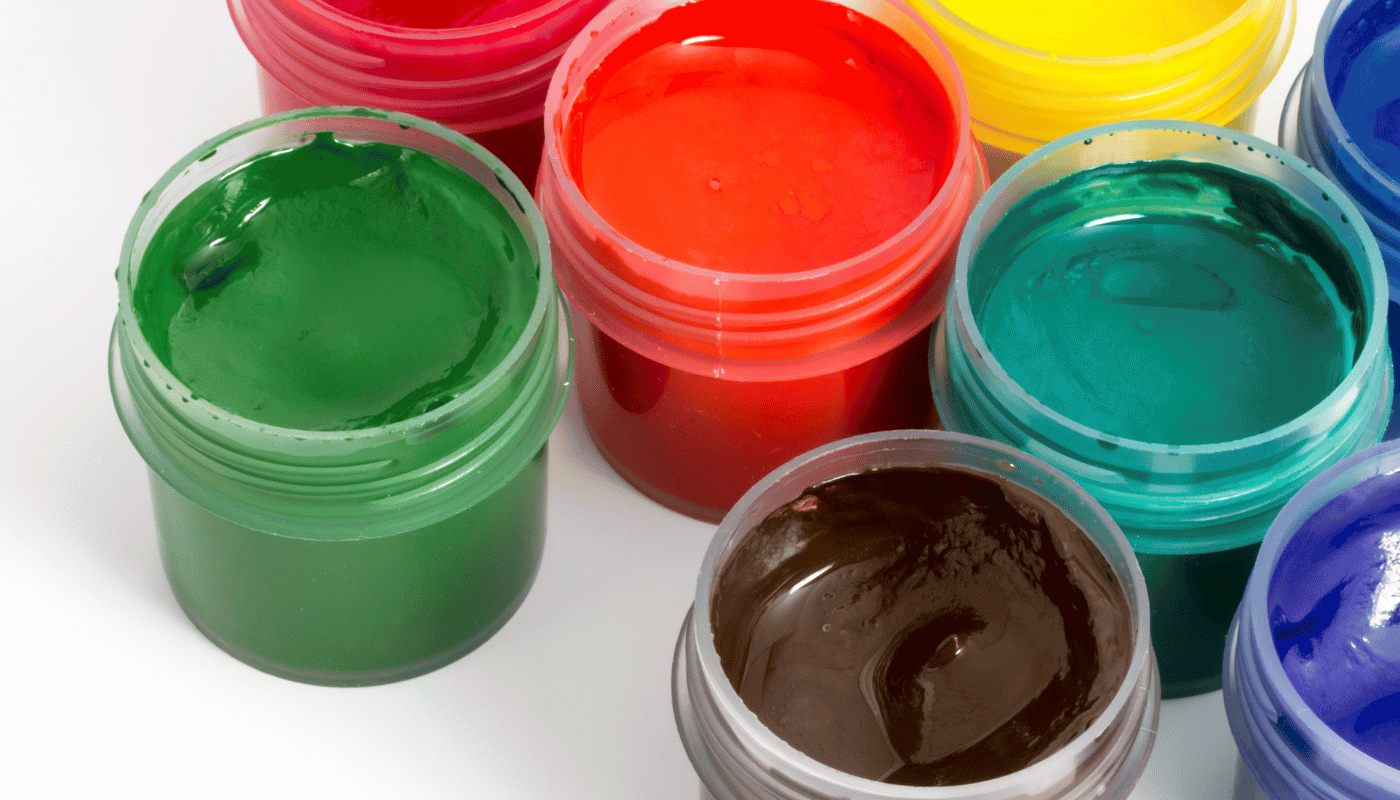Paintings come in various styles and colors, but another key differentiator is the type of paint used. It can vary from acrylic, oil, watercolor, to gouache paint. Today, we’ll focus on the latter and discover the top five tips you should know before using it.
Why Does Gouache Differ from Other Paints?
First of all, any paint user should know that gouache is a water-based paint. It resembles watercolors a lot but differs by offering more intense pigment. This paint also has greater opacity. The advantages of using this paint also include flexibility—a painter can adjust the intensity of the shade from making it watercolor-light to deep, hardened color.
Unlike acrylic paint, gouache can be reactivated with water, allowing the creator to modify strokes even after drying. Once dry, gouache produces a matte and soft finish, adding a unique charm to your artwork.
Useful Tips You Must Know
- Don’t treat gouache like watercolors.
They may look similar, but each type of paint has its peculiarities. The consistency of gouache is crucial, especially if you aim to achieve professional results. Avoid the common mistake of using it the same way as watercolors, as it requires a different approach. - Test your colors before application.
Create swatches or charts to understand how the colors will appear after drying. This simple step can prevent mistakes that disrupt the harmony of your painting. If you’re experimenting with a new paint brand or trying something unfamiliar, test the colors first to see the final effect. Often, they dry differently than expected. - Opt for synthetic brushes.
While natural brushes are often considered superior, synthetic brushes work better for gouache. They have better water-holding properties and provide greater precision, giving you better control over water-to-paint ratios. - Start with small-scale projects.
If you’re new to gouache, begin with smaller paintings and a limited color palette. This approach helps you understand the medium and avoid muddy colors while building confidence in your technique. - Let layers dry completely.
Always allow the first layer to dry before adding another. This small habit, taking only a few minutes, can significantly improve the quality of your work. Gouache can be rewet, so skipping this step may cause colors to blend unintentionally and create a messy result.
Exploring Gouache Techniques and Styles
Gouache is an incredibly versatile medium that invites experimentation with techniques and styles. One popular approach is layering, where lighter colors are applied on top of darker ones to create depth and texture. This is achievable because of gouache’s unique opacity. Another technique is wet-on-wet painting, which creates soft, blended effects perfect for atmospheric backgrounds or abstract pieces. By mixing techniques and exploring the interplay of colors, you can develop your signature style while fully utilizing the characteristics of this paint.
Mastering the Art of Preservation
Caring for your gouache paintings is just as important as creating them. Always store your works in a dry, cool environment to prevent reactivation of the paint from humidity. If you’re working on a significant piece, consider sealing it with a matte fixative spray to ensure durability without compromising the finish. Similarly, proper care for your brushes and materials will prolong their lifespan, making it easier to produce consistently beautiful art over time. Embrace these small but vital habits to protect your creative efforts and enjoy the lasting beauty of your gouache masterpieces.
Whether you’re an amateur enjoying the creative process or an aspiring professional, gouache offers endless possibilities. By understanding its unique properties and following these tips, you’ll be well-equipped to create stunning artwork that stands out. Let your imagination guide you, and have fun exploring the vibrant world of gouache!
